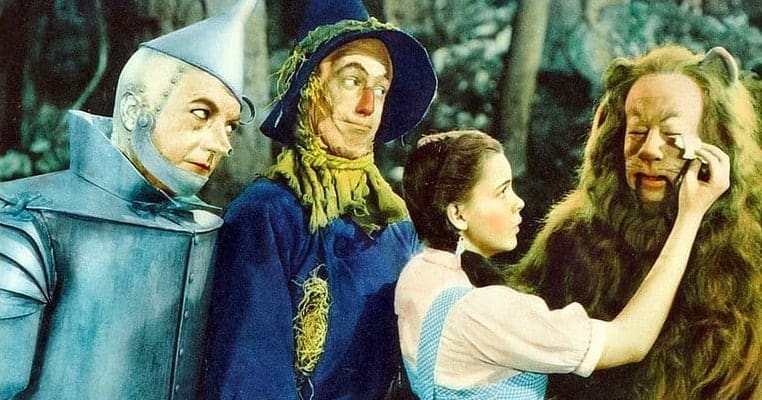The Wonderful Wizard of Oz first appeared in 1900, and was so successful that another 13 books by the original author relating the adventures of its characters followed. Scores of others by different authors have followed since. The original book sold over 1,000,000 copies by the end of the 1930s. It was produced as a musical play in 1902, and it was that version which served as the basis of the 1939 film which became and remains an American icon. The original book was a heavily illustrated volume which provided the basis for most of the costumes in the later film version of the story, though the film differs significantly from the book in many ways.

Over the years the book has been translated into many languages, including Hebrew in a version where Oz is Uz, the land in which dwelt the Biblical Job. Its author died in 1919, and following his death, other writers were hired to continue publishing Oz books, which appeared each Christmas season until 1942. The Library of Congress calls the Oz stories America’s “best-loved homegrown fairy tale“. Here are some strange tales about the Oz books, The Wizard of Oz film of 1939, and the progenitor of the characters and wonderful land known as Oz.

1. The book and film have been described as political allegory, though L. Frank Baum denied it
In 1964 a high school history teacher wrote of The Wizard of Oz that it was an allegory referring to the monetary debate of the late 19th century. The teacher, Henry Littlefield, claimed that the Yellow Brick Road represented the gold standard, the silver shoes (which were replaced with ruby slippers in the 1939 film) were indicative of the sixteen-to-one ratio of silver to gold. The very name Oz was a thinly disguised reference to the term ounce. Before and since Littlefield’s article was published the Oz stories have been dissected and analyzed for political meaning.
Baum never agreed with any of the assertions, which appeared from time to time in his lifetime. In 1901 he wrote a play based on the book which was eventually produced on Broadway. The play eliminated several elements of the book (including the Wicked Witch of the West as an appearing character) Whenever Baum was asked why he wrote the book, and the 13 sequels which eventually followed it, he responded by saying that they were written to “please children”.

